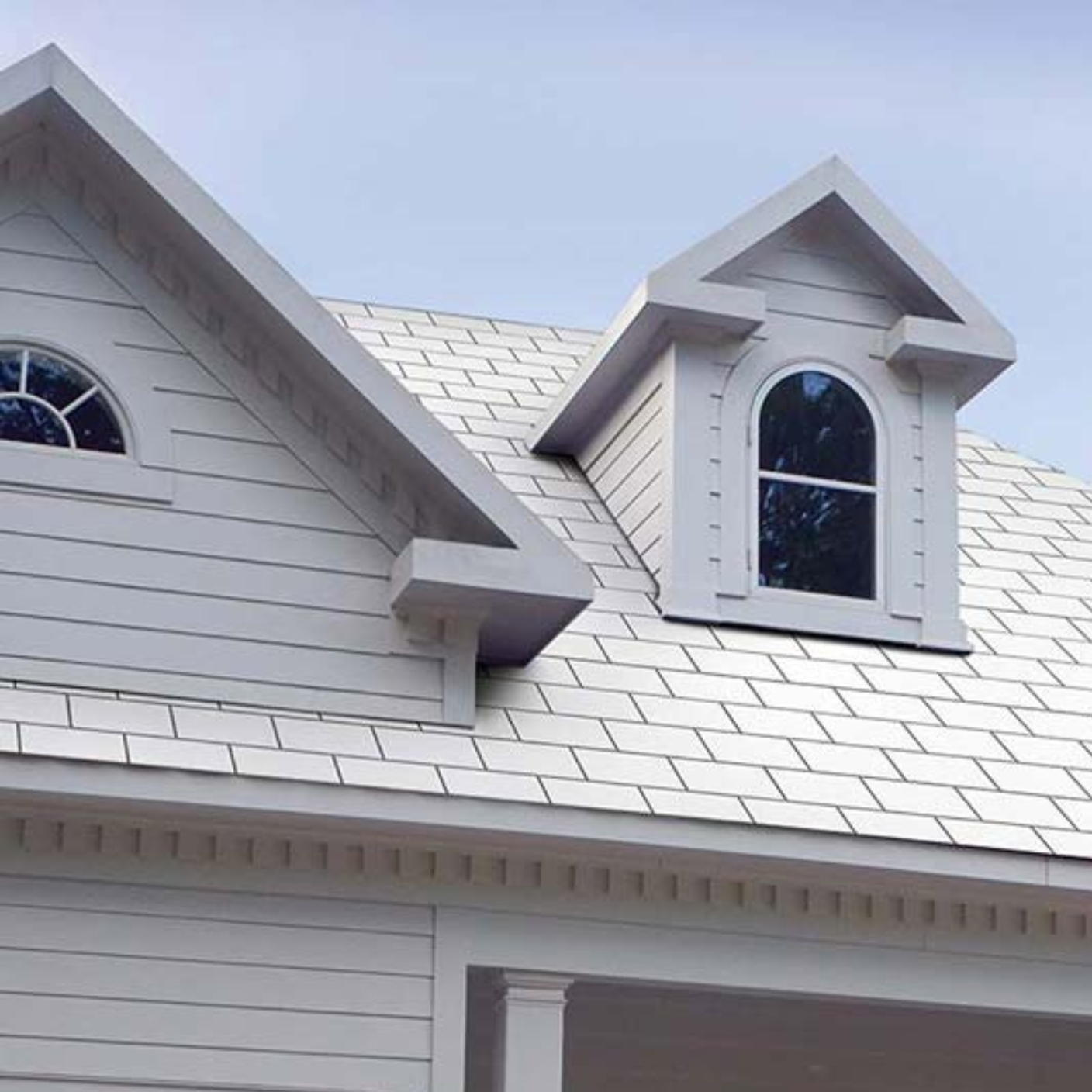When it comes to making your home more sustainable, don’t overlook the roof over your head. Roofing choices significantly impact your home’s energy efficiency, durability, and overall environmental footprint. From green roofs to solar tiles, eco-friendly roofing options are gaining popularity as homeowners look for ways to create sustainable living spaces.
Let’s explore the best green roofing ideas that can enhance your home’s sustainability, lower energy bills, and help the environment.
Table of Contents
Toggle1. What Is Green Roofing?
Green roofing goes beyond the typical shingles or tiles. It includes eco-friendly materials, energy-efficient designs, and innovative technologies that make your roof more sustainable.
Types of Green Roofing Options:
- Vegetative Roofs: Covered in plants, these roofs improve insulation and reduce stormwater runoff.
- Cool Roofs: Reflect sunlight and lower your home’s cooling needs.
- Solar Roofs: Harness solar energy with integrated panels or tiles.
- Recycled Material Roofs: Use shingles or tiles made from recycled products like rubber or plastic.
Pro Tip: Choosing the right green roofing option depends on your climate, budget, and aesthetic preferences.
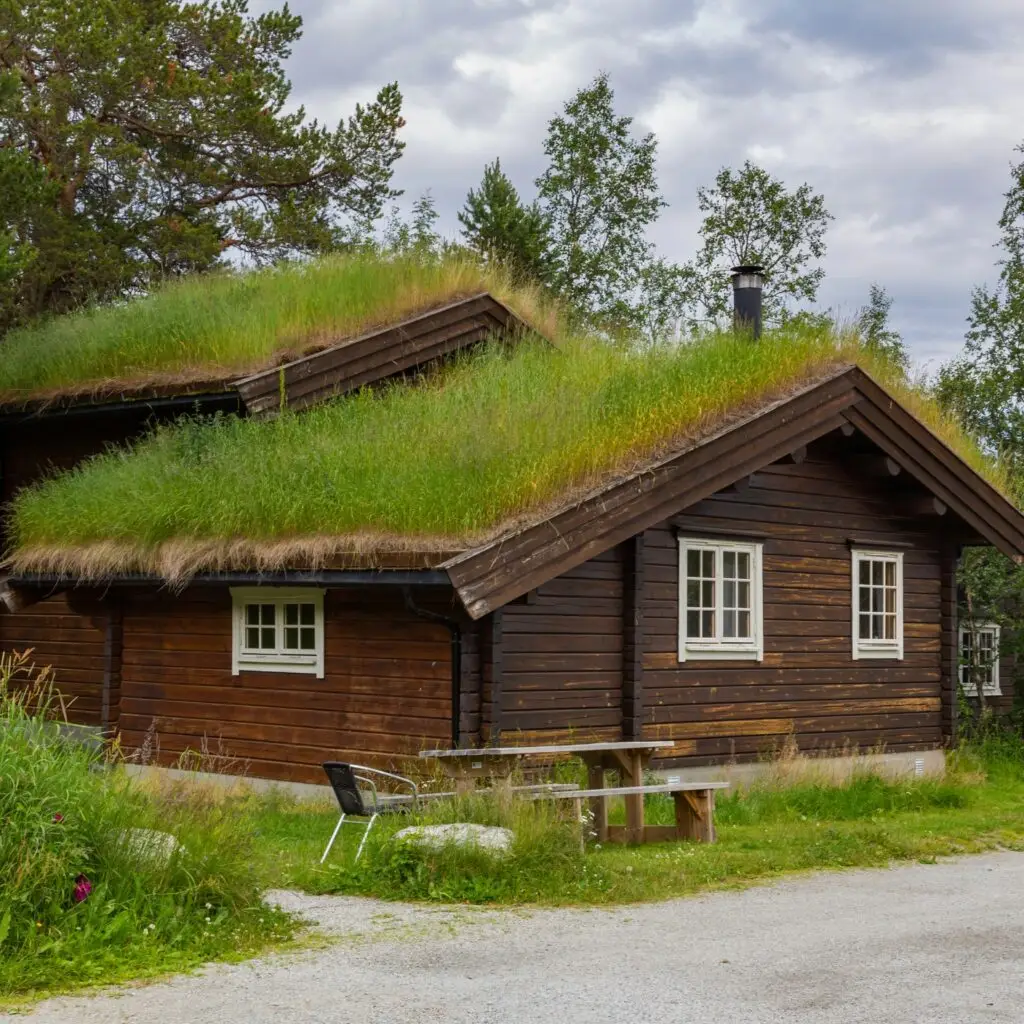
A vibrant vegetative roof covered with grass and plants, overlooking a cityscape.
2. Benefits of Green Roofing
Green roofing isn’t just an aesthetic choice—it’s a powerful way to combat environmental challenges while reaping significant economic advantages. Whether you’re considering a fully vegetative roof or integrating eco-friendly materials, the benefits extend well beyond sustainability, making green roofing a wise investment for homeowners, businesses, and urban planners alike.
Environmental Benefits
- Reduces Urban Heat Islands (UHIs):
- Urban Heat Islands occur when densely built areas trap heat, leading to higher temperatures. Green roofs mitigate this by providing a cooling layer of vegetation that absorbs sunlight and reduces heat radiation.
- Cooler urban environments lead to less energy consumption for air conditioning, further reducing greenhouse gas emissions.
- Minimizes Waste:
- Many green roofing systems incorporate recycled materials, such as rubber, plastic, or reclaimed wood, diverting waste from landfills.
- Vegetative layers also protect the underlying roof structure, prolonging its lifespan and reducing waste from roof replacements.
- Improves Air Quality:
- Plants on green roofs act as natural air filters, absorbing pollutants and carbon dioxide while releasing oxygen. This contributes to better air quality in urban areas.
- Certain plant species can even capture fine particulate matter, reducing smog and improving public health.
- Manages Stormwater:
- Green roofs absorb and retain rainwater, reducing runoff and easing the burden on stormwater systems.
- This can prevent urban flooding and decrease the pollution that stormwater carries into local waterways.
- Supports Biodiversity:
- Green roofs provide habitats for pollinators, birds, and other wildlife, especially in urban areas where natural habitats are scarce.
- Choosing native plant species can further support local ecosystems.
Economic Benefits
- Energy Savings:
- Vegetative roofs and reflective materials (cool roofs) improve insulation, keeping buildings cooler in summer and warmer in winter.
- This leads to reduced energy consumption for heating and cooling, lowering utility bills.
- Durability:
- Green roofing systems protect the underlying roof from UV radiation, extreme temperatures, and weathering, significantly extending its lifespan.
- Materials like metal and rubber used in eco-friendly roofs are highly durable, often outlasting traditional asphalt shingles by decades.
- Increased Property Value:
- Green roofs add visual appeal and functional value to a building, making it more attractive to buyers or tenants.
- Buildings with energy-efficient features often command higher resale prices or rental income.
- Tax Incentives and Rebates:
- Many governments and local authorities offer tax credits, grants, or rebates for installing green roofs, helping offset initial costs.
- Reduced Maintenance Costs:
- By shielding the roof from harsh weather and temperature fluctuations, green roofs often require less maintenance over time.
Additional Advantages
- Improved Building Aesthetics:
- Green roofs transform unused rooftop space into beautiful gardens or functional green spaces, enhancing the overall look and feel of a building.
- Noise Reduction:
- The soil and plants on a green roof act as natural soundproofing, reducing noise pollution from traffic and other urban activities.
- Enhanced Well-Being:
- Access to green spaces has been shown to reduce stress and promote mental well-being. Green roofs, especially those accessible to occupants, create a calming environment in urban settings.
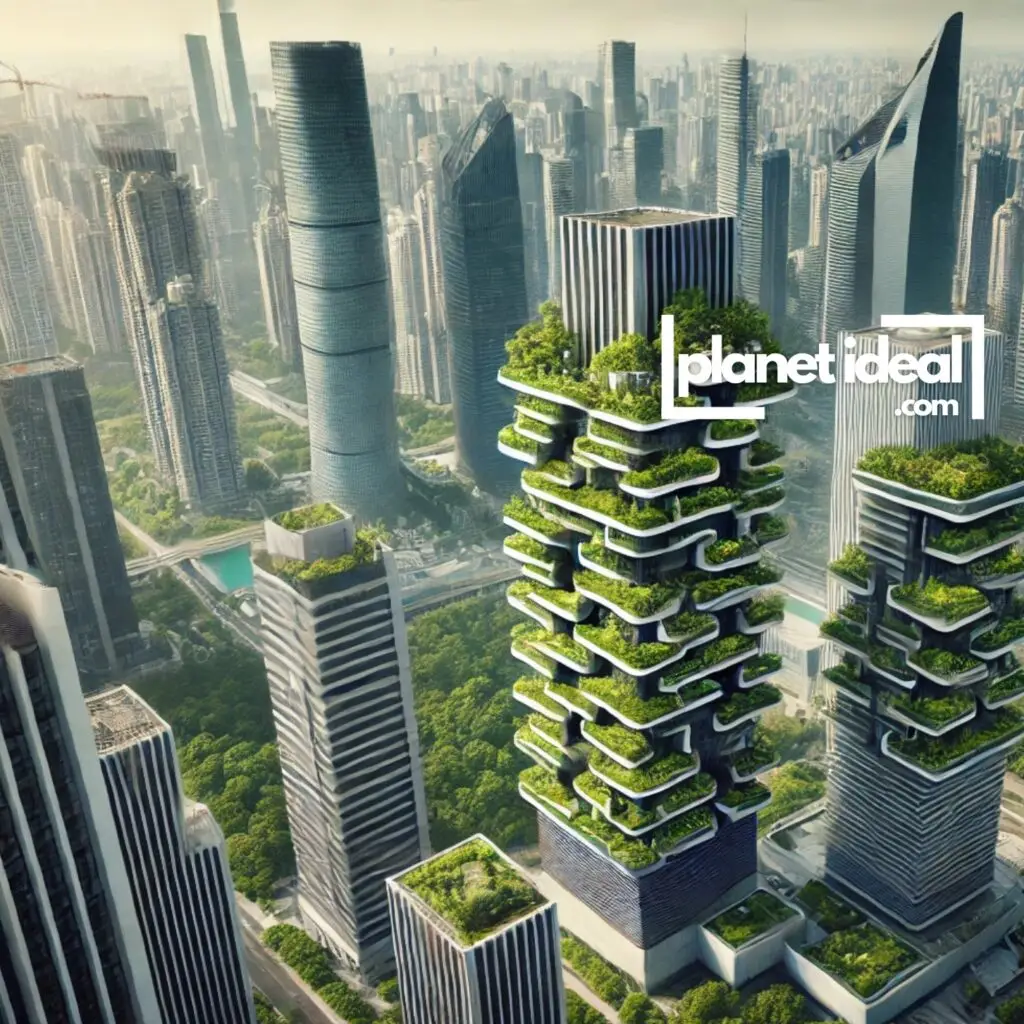
Pro Tip: Choose the Right Green Roof for Your Needs
- Extensive Green Roof: Lightweight, low-maintenance, and designed primarily for environmental benefits. Ideal for residential or smaller buildings.
- Intensive Green Roof: Heavier, with deeper soil that supports a wider variety of plants, including shrubs and small trees. Perfect for larger buildings or those seeking functional rooftop gardens.
Green roofs are more than just eco-friendly—they’re a smart investment with far-reaching environmental and economic benefits. From cooling urban areas and reducing waste to saving on energy costs and enhancing property value, green roofing is a practical and beautiful way to embrace sustainability.
Whether you’re considering a full rooftop garden or simply upgrading with eco-friendly materials, a green roof is a step toward a greener, healthier future. So, why not make your rooftop a thriving hub of life and efficiency? The planet—and your wallet—will thank you!
3. Vegetative Roofs: Bringing Nature to Your Home
Vegetative or living roofs are one of the most visually appealing and eco-friendly options available.
How They Work:
Vegetative roofs are made of multiple layers, including waterproofing, drainage, soil, and plants. These layers create a mini-ecosystem that provides insulation and helps manage rainwater.
Ideal Plants for Vegetative Roofs:
| Type of Plant | Why It’s Great |
|---|---|
| Succulents | Require little water and are hardy. |
| Grasses | Provide excellent insulation. |
| Wildflowers | Attract pollinators like bees and butterflies. |
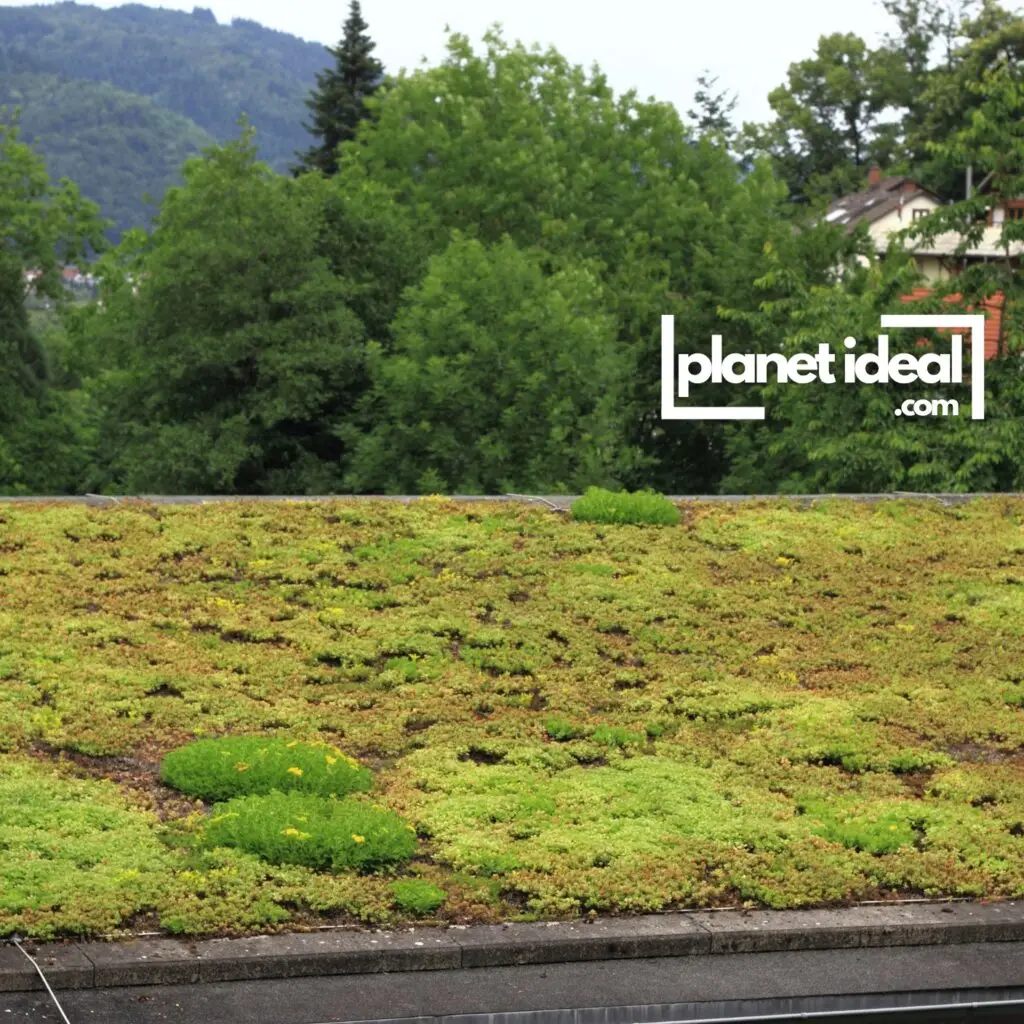
4. Cool Roofs: Beat the Heat
Cool roofs are designed to reflect sunlight and absorb less heat, making them an excellent choice for warmer climates.
Materials for Cool Roofs:
- White Membranes: Reflect sunlight effectively.
- Reflective Shingles: Available in various colors and styles.
- Cool Coatings: Applied to existing roofs to increase reflectivity.
Pro Tip: Cool roofs can reduce your cooling costs by up to 20% during summer.
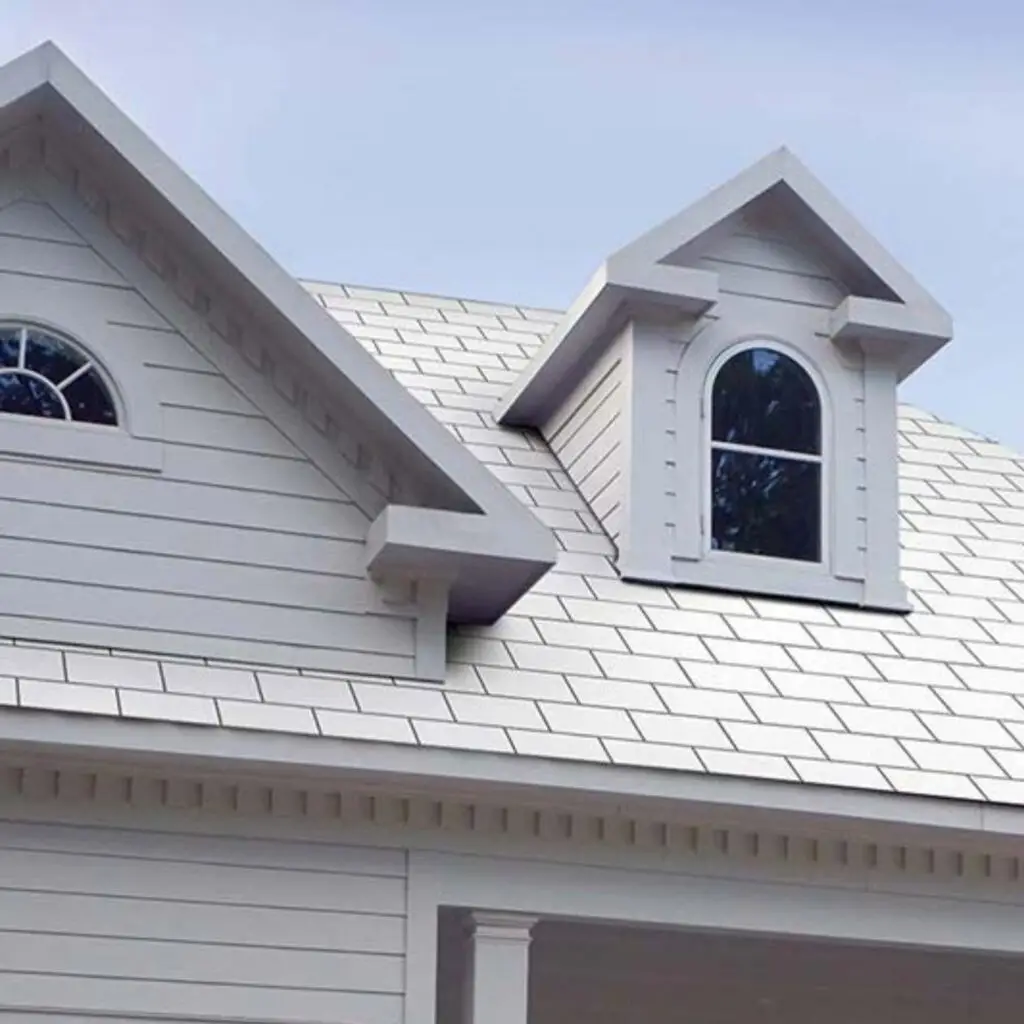
A home with a sleek, reflective cool roof gleaming in the sun.
Image Source : https://www.enduratiles.com/
5. Solar Roofs: Turning Sunlight into Savings
Solar roofs are a game-changer for sustainable energy. They harness solar power while doubling as a protective roofing material.
Types of Solar Roofs:
- Solar Panels: Mounted on top of an existing roof.
- Solar Tiles: Integrated into the roof design for a seamless look.
Benefits of Solar Roofs:
- Generate renewable energy for your home.
- Reduce dependence on fossil fuels.
- Qualify for tax incentives and rebates in many areas.
External Link: Explore incentives for solar energy at Energy.gov.
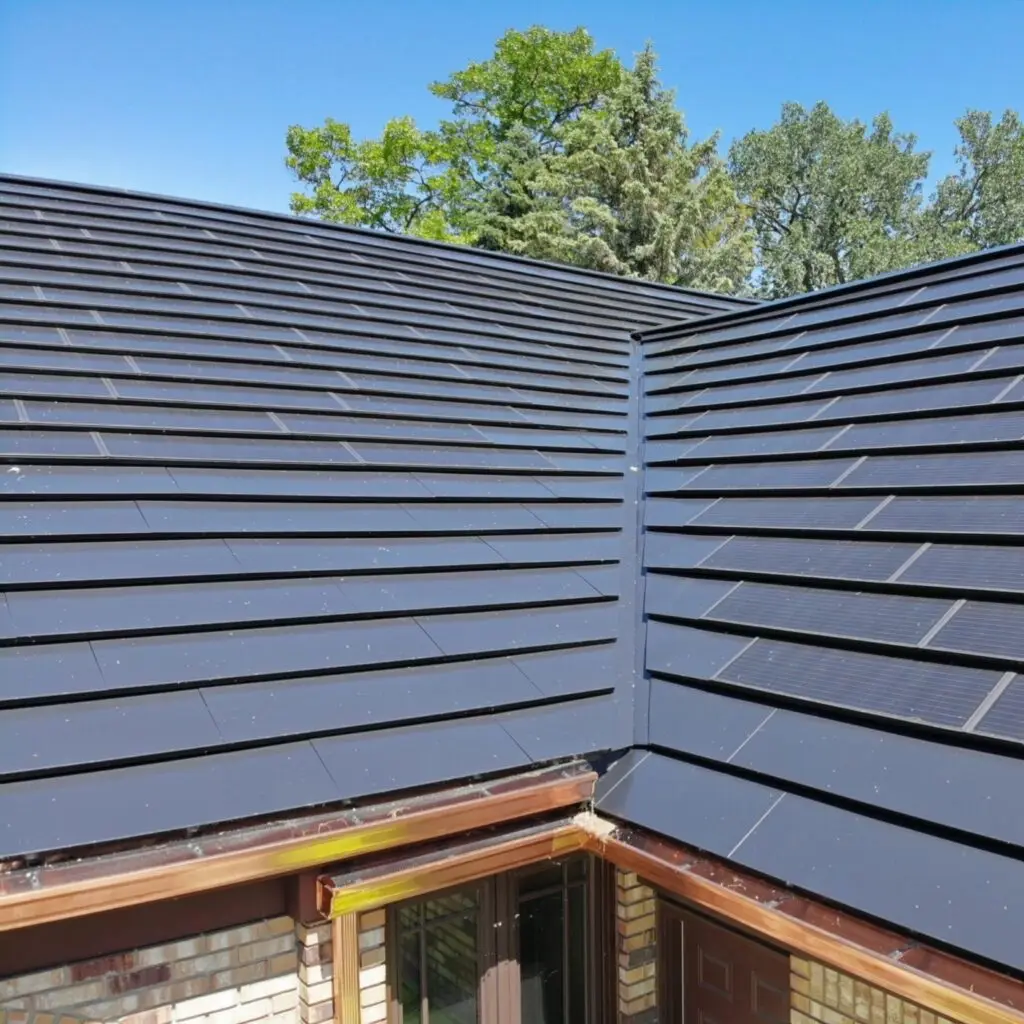
6. Recycled Material Roofs: Stylish and Sustainable
Recycled roofs use materials like reclaimed wood, rubber, and plastic to create durable, eco-friendly options.
Why Choose Recycled Roofing?
- Diverts waste from landfills.
- Often more affordable than traditional materials.
- Durable and resistant to weather damage.
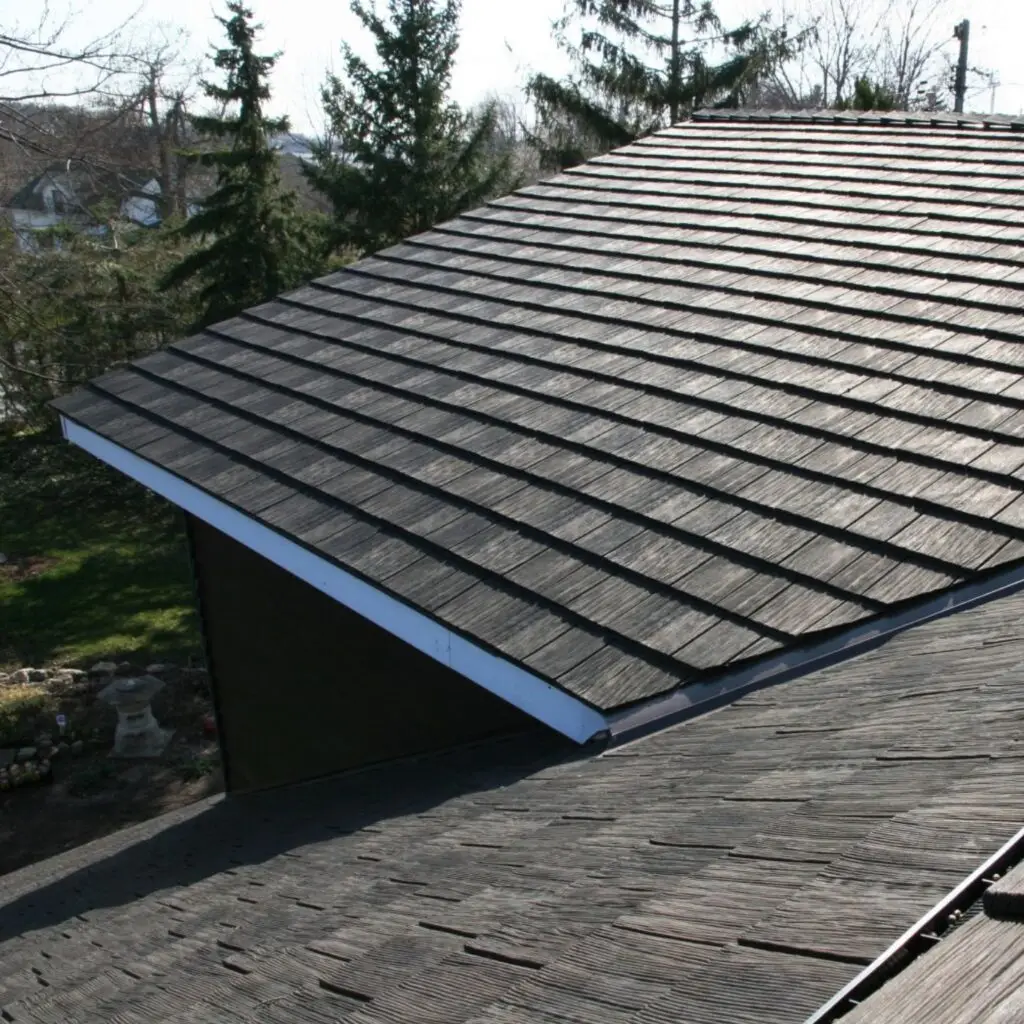
A roof made from recycled rubber tiles, showcasing a unique and modern design.
Image Source : https://www.dayusroofing.com/services/rubber/
7. Green Roofing Maintenance Tips
Maintaining a green roof doesn’t have to be complicated. Here’s how to keep your sustainable roof in top shape.
Maintenance Checklist:
- Regularly inspect for leaks or damage.
- Trim plants and remove weeds on vegetative roofs.
- Clean solar panels to ensure maximum efficiency.
At Planet Ideal, we’re on a mission to make sustainable living accessible for everyone. Our team of eco-enthusiasts writes short, snappy, and easy-to-digest articles designed to inspire real change without overwhelming. From practical tips to innovative ideas, we’re here to prove that living green can be stylish, convenient, and enjoyable. Join us as we empower individuals, families, and communities to embrace eco-friendly lifestyles—one step, one story, and one solution at a time.

